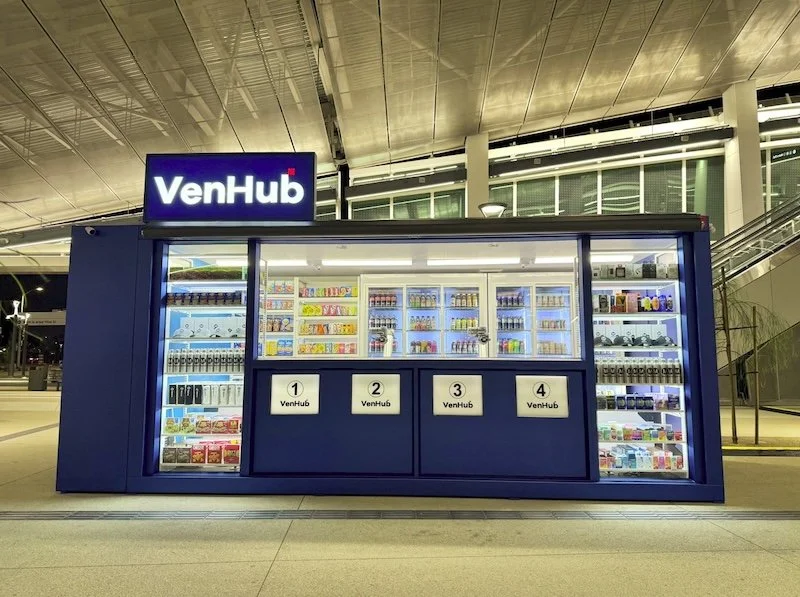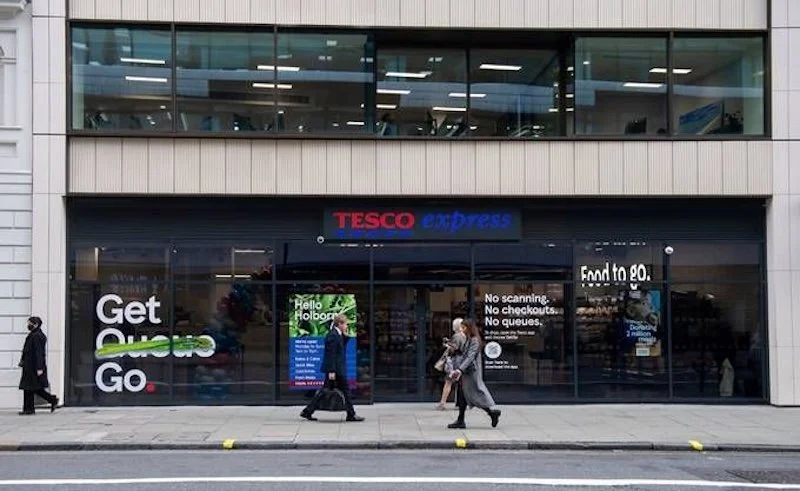Quiet retail spaces: how WoodUpp acoustic panels can enhance the in-store experience
In the evolving landscape of retail, creating an environment that resonates with consumers has become as critical as the merchandise on display. Modern shoppers increasingly seek spaces that not only offer a curated selection of products but also provide a calming and immersive experience.
One of the most compelling trends emerging in this sector is the drive toward quieter retail environments. By addressing excessive ambient noise, retailers can forge a stronger emotional connection with customers, ultimately enhancing both satisfaction and sales.
Designers and retailers alike are now recognising that an overabundance of sound can detract from the overall shopping experience. Whether it is the hum of overhead lighting, chatter from nearby service areas, or constant background music, noise can become a disruptive force. In response, many stores are integrating acoustic solutions that prioritise both functionality and aesthetic appeal, paving the way for a more deliberate approach to in-store design.
The Impact of Noise on In-Store Experience
Acoustic conditions in a retail space play a pivotal role in influencing customer behavior. High noise levels can lead to sensory overload, causing stress and decreasing a shopper’s ability to absorb product information.
Studies have shown that a calm and pleasant auditory environment not only encourages longer store visits but also contributes to a positive memory of the brand experience. Moreover, quieter surroundings allow for clearer communication between store personnel and customers, ultimately leading to more informed purchase decisions.
To address these challenges, integrating innovative acoustic solutions can prove invaluable. For example, acoustic panels offer effective sound absorption while seamlessly blending with modern retail design.
When ambient sounds become overwhelming, customers may find it difficult to concentrate on product details or engage with promotional materials. In such situations, the overall perception of quality is compromised, and even well-designed visual merchandising can fall short. This reality underscores the necessity of incorporating refined acoustic strategies into store layouts as part of a comprehensive approach to retail innovation.
Innovative Acoustic Solutions in Retail Design
A growing number of retailers are reimagining their store environments by incorporating advanced acoustic solutions. Architectural approaches that merge visual style with sound-absorbing functionality can transform previously chaotic spaces into serene, inviting areas that nurture customer engagement.
One such innovative solution involves the strategic use of wooden acoustic wall treatments. Acoustic panels merge natural materials with modern design principles, offering an effective means to reduce noise without compromising on style.
These panels are engineered to absorb excess sound, thereby minimizing echoes and reducing overall reverberation within the space. The benefits extend beyond mere noise reduction; the inherent warmth of wood provides a tactile, organic aesthetic that resonates with contemporary design trends. By integrating these elements thoughtfully, retailers can create environments that not only appeal visually but also contribute to a noticeably improved shopping experience.
Advantages of Incorporating Acoustic Solutions
Investing in appropriate acoustic treatments offers multiple advantages for retail spaces:
● Enhanced Customer Experience: By decreasing ambient noise, stores can help customers feel more relaxed and focused, allowing the shopping experience to become more personal and enjoyable.
● Improved Communication: A quieter environment facilitates better interaction between staff and customers, ensuring that product details and promotional messages are conveyed clearly.
● Elevated Aesthetics: Modern acoustic panels not only serve a practical function but also integrate seamlessly with contemporary interior designs, adding a layer of sophistication through natural materials.
● Sustainable Design: Many acoustic solutions now emphasise eco-friendly materials that support sustainable development, aligning with the increasing environmental consciousness among both brands and consumers.
Design Considerations and Practical Implementation
When planning the transformation of a retail space, several design factors need to be considered to maximize the impact of acoustic treatments. Foremost among these is understanding the source and distribution of noise within the environment. Retailers benefit from a thorough audit of their space, identifying high traffic areas where noise levels tend to peak and zones that would benefit most from targeted sound absorption.
Integrating acoustic treatments like wooden panels into a store’s design involves considering both placement and aesthetic coherence. Walls, ceilings, and even specific zones such as fitting areas or quiet corners can be optimized with sound-absorbing materials.
Careful consideration of color, texture, and overall style ensures that these elements enhance the visual narrative of the retail space. Moreover, modular designs allow for flexibility, enabling retailers to adapt their spaces as customer flow and engagement patterns evolve over time.
In terms of installation, modern acoustic solutions are designed to be both effective and minimally disruptive during setup. This streamlined process allows retailers to implement noise reduction strategies with minimal downtime, ensuring that business operations remain unaffected even during renovation phases.
Industry Insights and Future Trends
The movement towards quieter retail spaces reflects broader trends in customer behavior and technological innovation. As consumer expectations shift towards more refined and experience-driven shopping environments, brands are beginning to view physical space as a critical component of their overall identity. Enhanced acoustic design is emerging not just as a functional necessity, but as a strategic differentiator in the competitive retail market.
Technology continues to play a significant role in this evolution. Advanced sound measurement tools and simulations allow designers to predict and optimise acoustic performance with greater precision. In turn, retailers can leverage these insights to create targeted solutions that directly address the needs of their clientele. This integration of technology and design is paving the way for retail spaces that are as smart as they are stylish.
Additionally, there is an increasing focus on adaptable environments. As consumer expectations evolve and new forms of shopping behavior emerge, such as experiential or pop-up stores, the ability to quickly modify the acoustic character of a space becomes invaluable. Retailers who invest in scalable acoustic solutions are positioning themselves to meet future challenges and opportunities head-on.
Conclusion: The Future is Quiet
Quiet retail spaces are fast emerging as a vital component in the evolution of in-store experiences.
As brands strive to create environments that not only showcase products in the best light but also cultivate a deeper emotional connection with shoppers, the role of sound cannot be underestimated. By adopting innovative acoustic solutions, retailers can significantly enhance the customer experience while reinforcing a distinct brand identity.
Ultimately, the integration of refined elements like wooden acoustic wall treatments offers a dual benefit: they provide practical sound reduction while adding an element of natural beauty to the space. This intersection of functionality and design marks a significant shift in retail strategy - one where the sensory experience, particularly sound, plays a crucial role in defining a successful and modern shopping environment.































Continue reading…